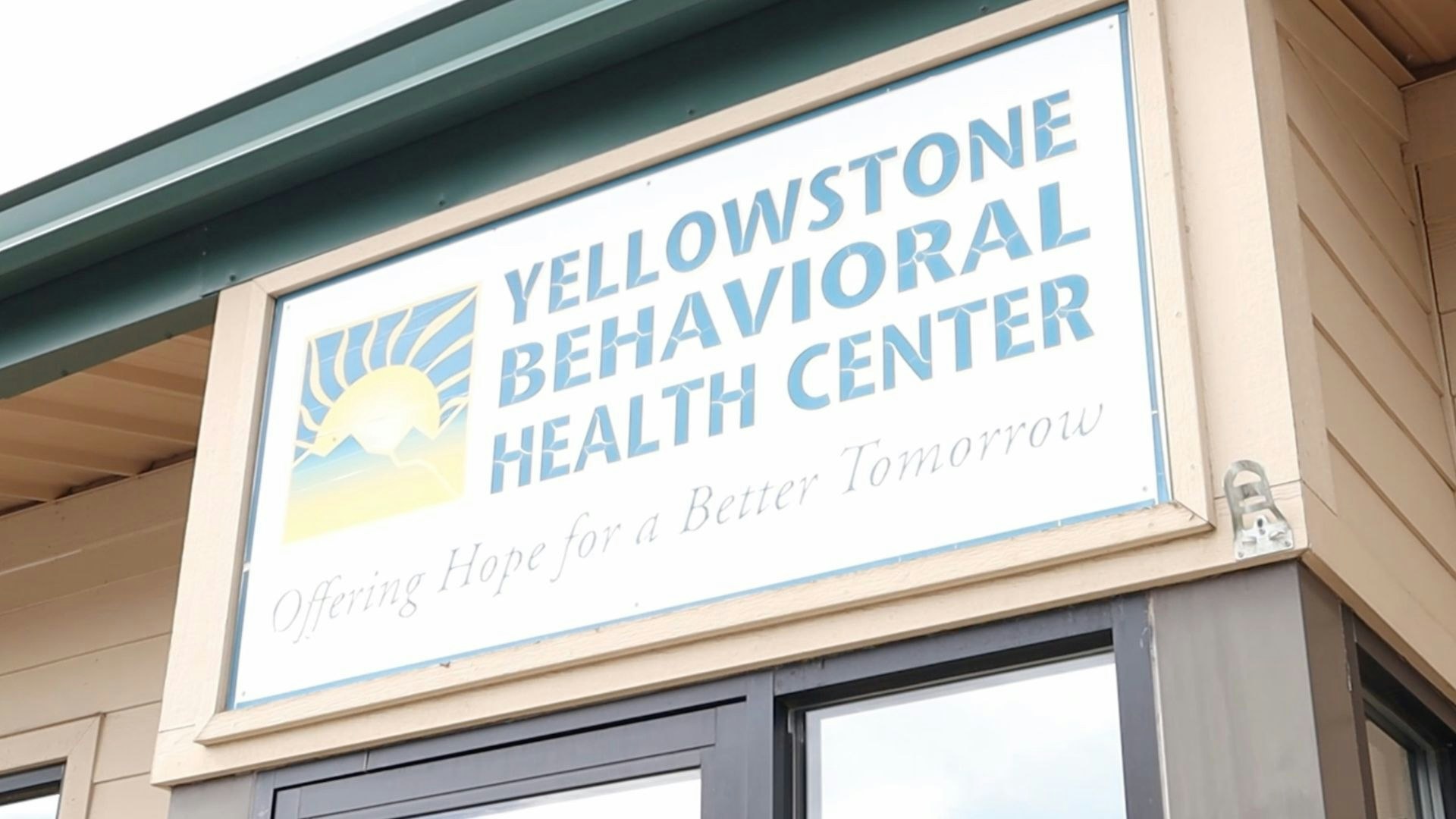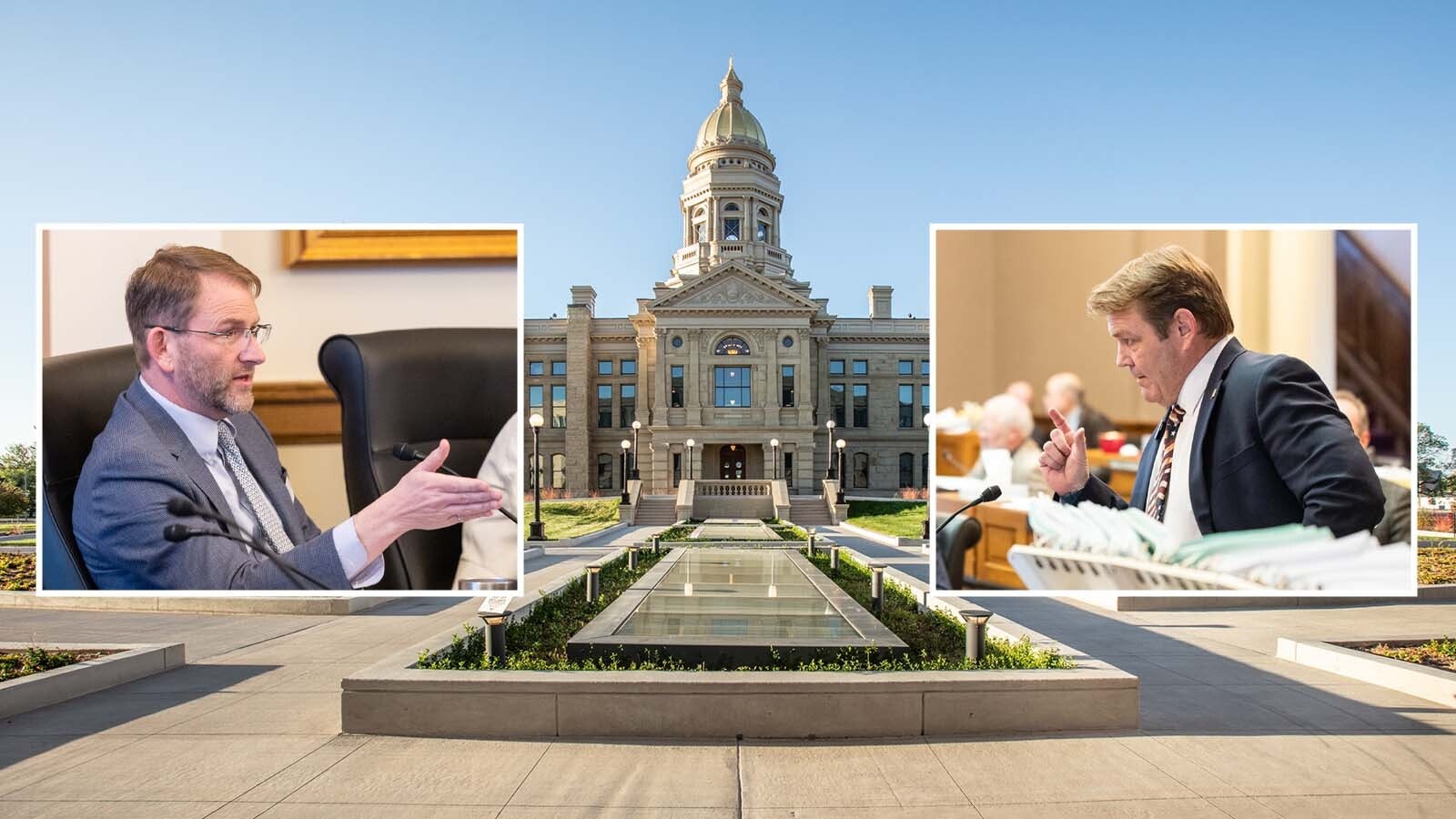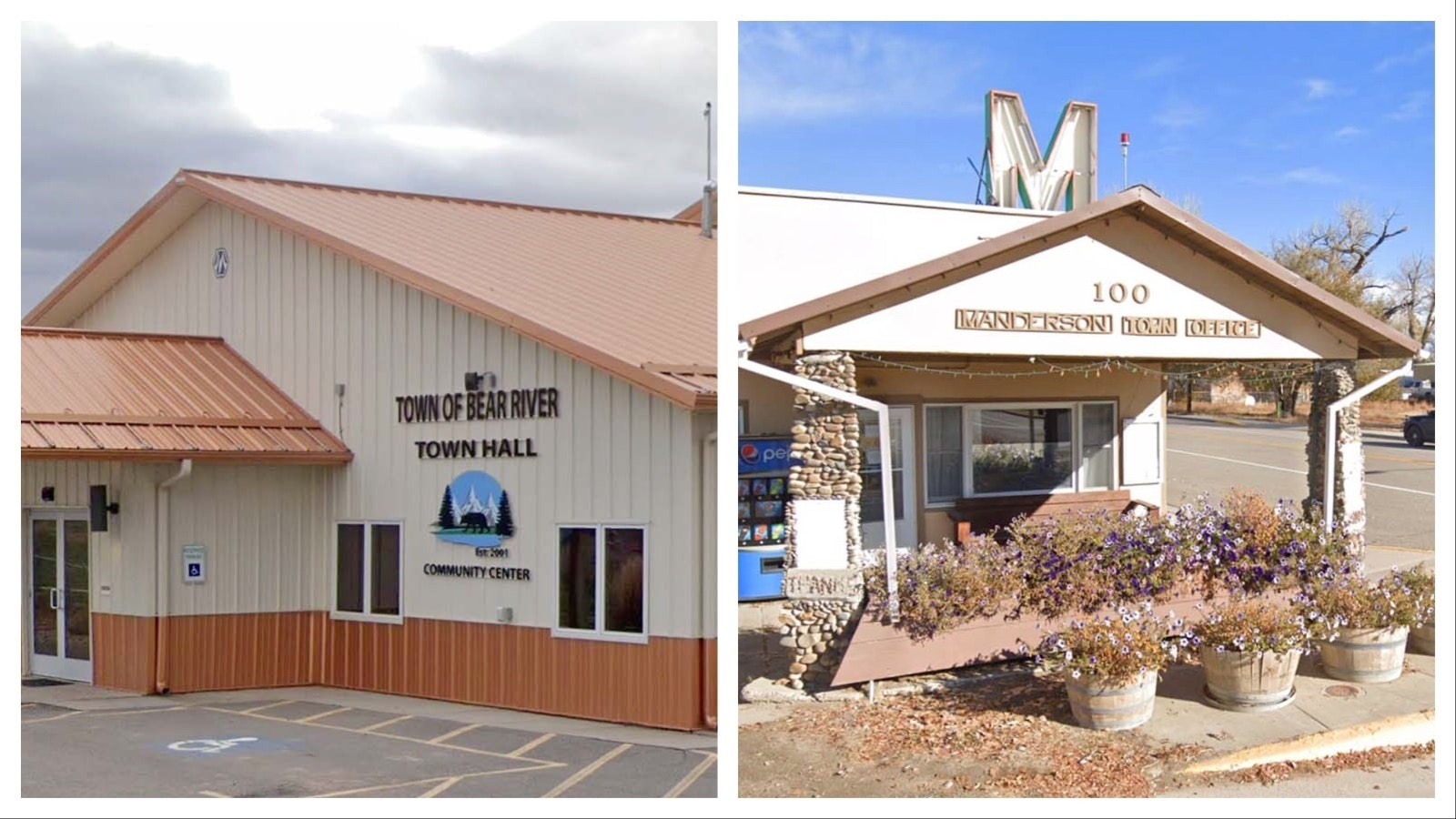By Wendy Corr, Cowboy State Daily
wendy@cowboystatedaily.com
Feelings of emotional isolation and aloneness can be barriers for people dealing with mental health issues. Those in Wyoming often can add physical isolation and distancing as hurdles to clear in getting treatment.
In northwest Wyoming, people dealing with mental health issues have few options. Distance between communities, staff shortages and a limited number of residential beds for crisis patients all are barriers for patients and the professionals who treat them.
At the Governor’s Mental Health Summit, which will be held Oct. 11 in Casper, community partners, private providers and state leaders will come together to propose solutions for treating people in Wyoming, which has the highest rate of death by suicide in the nation.

Barriers To Health
Staff shortages impact the ability of providers to help those in need of mental health treatment, said Becky Ransom, executive director of Yellowstone Behavioral Health in Park County.
“As rural communities, it’s hard to recruit mental health professionals,” she told Cowboy State Daily. “And with limited funding that’s available and low reimbursement rates from insurance companies, it’s hard to offer competitive salaries.”
Access and finances are two of the most prominent barriers to mental health treatment, said Hanna Powers, a psychiatric nurse practitioner who meets with clients via telehealth.
“I think we’re just a really poor state,” she told Cowboy State Daily. “Let’s hypothetically say I need to go see Dr. (Scott) Pollard (a psychiatrist in Cody). I have to drive 40 minutes there, 40 minutes back, so I’m taking off half a day of work. Let’s just say I’m that person – I don’t have that time, I don’t have the funds.”
Yellowstone Behavioral Health, which Powers contracts with, has a sliding scale fee, but she said there are no other agencies in the area that employ that tool.
“To see Dr. Pollard, it’s $400, and a lot of people can’t afford that,” she said. “That’s why I think telehealth is so important. It provides access all across rural Wyoming.”
Telehealth Bridges A Gap
The use of telehealth, in which patients can have remote visits with health professionals via video calls, has grown since the beginning of the COVID-19 pandemic, Ransom said.
“When we closed our buildings to in-person services, we switched quickly over to the use of video to provide services to our clients,” she said. “And that’s something we’re continuing to do.”
Ransom said telehealth has helped with transportation issues for clients and with staffing.
“We currently have a therapist who lives in Virginia and does telehealth with our clients,” she said. “So that has been a wonderful solution.”
Law Enforcement ‘One Stop Shop’
Powell Police Chief Roy Eckert, who also is chairman of the board for Yellowstone Behavioral Health, said that law enforcement often is the first on scene for mental health crises. He said he understands the mental health crisis facing Wyomingites.
“Law enforcement has inherited that ‘one-stop shop’ for all calls,” he told Cowboy State Daily. “And it’s not a bad thing that people dial 911 anytime there’s a crisis. We’re often the first intercept of somebody who’s in a mental health crisis.”
Eckert said that Park County law enforcement officers are trained in crisis management, which helps get them through potentially dangerous situations, but added that one of the largest barriers to treatment for those facing mental health issues is a lack of available beds for crisis patients.
“Inpatient beds in the state of Wyoming are rare,” he said. “They’re hard to find and hard to get people into.”
It’s a problem that’s becoming acute, Ransom said.
“We have nowhere near enough residential beds not only for treatment and crisis treatment, but also long-term residential for those with a mental health or substance abuse issue,” she said. “And so that’s a real challenge in the state and barrier to service.”
Partnerships Are Key
Molly Hughes is president of the Hughes Charitable Foundation, which is working with the Governor’s office in support of next week’s summit.
“We’re working with a lot of different nonprofit partners in the state, really just trying to find out where we can help connect the nonprofit, for-profit and governmental agencies that are providing services and hoping to maybe create a network using the existing systems and the existing organizations that are in place,” she said.
When it comes to finding answers to the mental health crisis that’s facing the state and nation, a common solution proposed is partnerships.
“Relationships are huge, not just amongst mental health and law enforcement, but also those with lived experience and families of those with lived experience,” said Eckert, adding that it’s important “to come together as a cohesive unit or a team to be able to address the issues that are out there.”
In Park County, law enforcement works closely with Yellowstone Behavioral Health. That sort of partnership is key in supporting those who need help, said Ransom.
“That is one of the solutions,” she said. “Working not only in partnership with the whole community – whether it’s schools, law enforcement, other social service agencies – but also in collaboration.”
‘Shred the Stigma’
Next week’s summit will help bring the conversation about mental health more into the open.
“We need to shred the stigma, as they say, and make sure that people know that it’s OK to be sad, to need help and to reach out and find it,” said Hughes.
Ransom held up the Healthy Park County volunteer coalition as an example of how communities can bring the conversation about mental health to more people.
“Healthy Park County here in Park County, they’re making information available to the community, to parents, to students, to professionals on how to recognize symptoms, how to talk to each other, how to ask the questions when you’re seeing somebody that is struggling,” said Ransom. “The more we talk, the less the stigma, and the better chances for treatment, because treatment is successful.”





